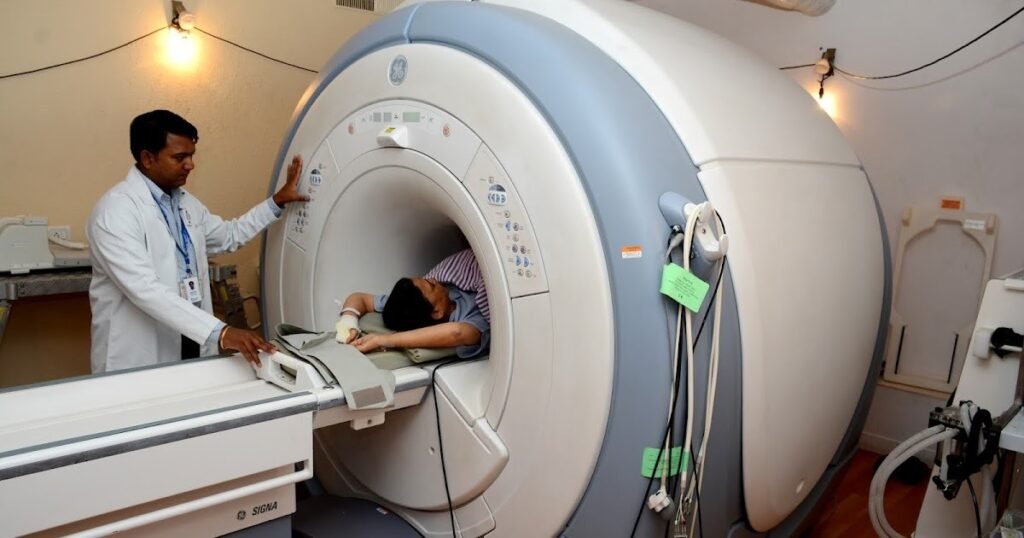A Comprehensive Guide to Different Types of MRI Machines
Magnetic Resonance Imaging (MRI) machines are essential in modern medical diagnostics, using strong magnetic fields and radio waves to produce detailed internal body images. Learn about different types of MRI machines including Closed, Open, Wide-Bore, and Extremity MRI systems. Each type offers unique benefits, from high image quality to patient comfort, helping healthcare providers make informed decisions for accurate diagnostics and improved patient satisfaction.
Closed MRI Machines
Closed MRI machines are the most common type found in hospitals and diagnostic centers. These machines have a tube-like structure where the patient lies down. They provide high-quality images but may cause discomfort for claustrophobic patients due to the enclosed space.


Open MRI Machines
Open MRI machines are designed to be less confining than their closed counterparts. They have wider openings and offer more comfort to patients, especially those who are claustrophobic or overweight. While they may not always provide the same image quality as closed MRI machines, advancements in technology are narrowing this gap.
Wide-Bore MRI Machines
Wide-bore MRI machines strike a balance between closed and open MRI systems. They feature a larger bore (the opening where the patient lies) compared to traditional closed MRIs, offering more comfort without significantly sacrificing image quality. These machines are particularly beneficial for larger patients.


Extremity MRI Machines
Extremity MRI machines are specialized devices designed to scan specific body parts like arms, legs, hands, and feet. They are smaller and more portable, making them ideal for outpatient settings or specialized clinics focused on orthopedic conditions.
Conclusion
Choosing the right type of MRI machine depends on various factors, including patient comfort, the specific area of the body being examined, and the required image quality. Understanding these options can help healthcare providers make informed decisions, ensuring accurate diagnostics and patient satisfaction.
